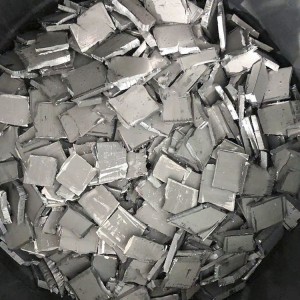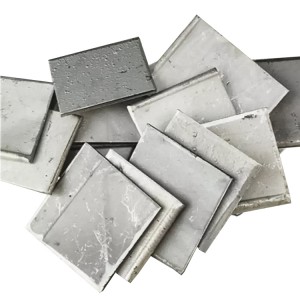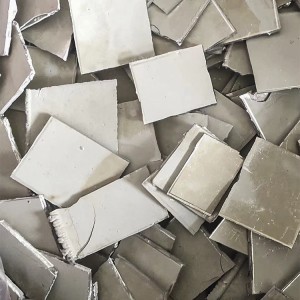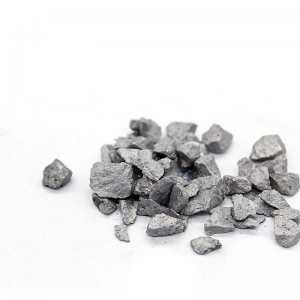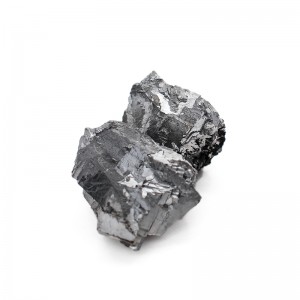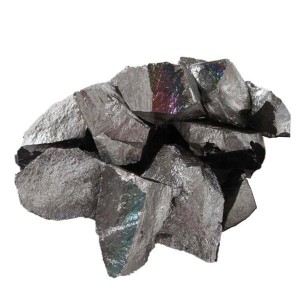Cobalt metal,Cobalt cathode
| Product Name | Cobalt Cathode |
| CAS No. | 7440-48-4 |
| Shape | Flake |
| EINECS | 231-158-0 |
| MW | 58.93 |
| Density | 8.92g/cm3 |
| Application | Superalloys,special steels |
| Chemical Composition | |||||
| Co:99.95 | C: 0.005 | S<0.001 | Mn:0.00038 | Fe:0.0049 | |
| Ni:0.002 | Cu:0.005 | As:<0.0003 | Pb:0.001 | Zn:0.00083 | |
| Si<0.001 | Cd:0.0003 | Mg:0.00081 | P<0.001 | Al<0.001 | |
| Sn<0.0003 | Sb<0.0003 | Bi<0.0003 | |||
Description:
Block metal, suitable for alloy addition.
Application of electrolytic cobalt
Pure cobalt is used in the manufacture of X-ray tube cathodes and some special products, cobalt is almost used in the manufacture
of alloys, hot-strength alloys, hard alloys, welding alloys, and all kinds of cobalt-containing alloy steel, Ndfeb addition,
permanent magnet materials, etc.
Application:
1.Used for making superhard heat-resistant alloy and magnetic alloy, cobalt compound, catalyst, electric lamp filament and porcelain glaze, etc.
2.Mainly used in the manufacture of electrical carbon products, friction materials, oil bearings and structural materials such as powder metallurgy.
Gb electrolytic cobalt, another cobalt sheet, cobalt plate, cobalt block.
Cobalt – main uses The metal cobalt is mainly used in alloys. Cobalt-based alloys are a general term for alloys made of cobalt and one or more of the chromium, tungsten, iron, and nickel groups. The wear resistance and cutting performance of tool steel with a certain amount of cobalt can be significantly improved. Stalit cemented carbides containing more than 50% cobalt do not lose their original hardness even when heated to 1000℃. Today, this kind of cemented carbides has become the most important material for the use of gold-bearing cutting tools and aluminum. In this material, cobalt binds together grains of other metallic carbides in the alloy’s composition, making the alloy more ductile and less sensitive to impact. The alloy is welded to the surface of the part,increasing the life of the part by 3 to 7 times.
The most widely used alloys in aerospace technology are nickel-based alloys, and cobalt-based alloys can also be used for cobalt acetate, but the two alloys have different “strength mechanisms”. The high strength of nickel base alloy containing titanium and aluminum is due to the formation of NiAl(Ti) phase hardening agent, when the running temperature is high, the phase hardening agent particles into the solid solution, then the alloy quickly loses strength.The heat resistance of cobalt-based alloy is due to the formation of refractory carbides, which are not easy to turn into solid solutions and have small diffusion activity. When the temperature is above 1038℃, the superiority of cobalt-based alloy is clearly shown. This makes cobalt-based alloys perfect for high-efficiency, high-temperature generators.




